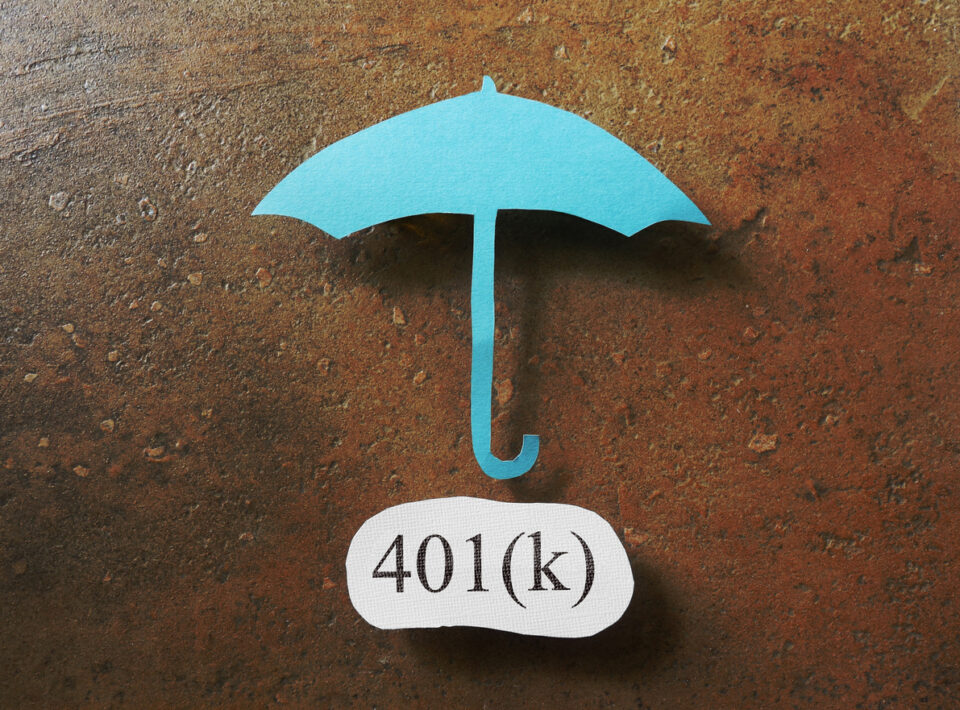The Impact of The CARES Act on Employee Benefit Plans: Part One, Retirement Plan Loan and Distribution Rules
Date
April 23, 2020
Read Time
4 minutes
Share

What is the Impact of the CARES Act and COVID-19 Pandemic on Employee Benefit Plans and What Should You Do Now?
PART ONE: Potential changes to retirement plan loan and distribution rules from CARES Act and potential modifications to plan contributions for COVID-19 pandemic.
We recently talked about all of the changes the CARES Act made to employee benefit plan rules. For retirement plans, most of the changes from the CARES Act relate to the loan and distribution rules. In addition, companies are deciding whether to suspend or eliminate company matching or profit-sharing contributions to their 401(k) plan. These changes are optional, but if you plan to implement one or more of them, there are certain steps that need to be taken.
What Should You Do Now?
- For plans that will allow “coronavirus-related distributions” in 2020, a new distribution code would be needed, so that those distributions are not subject to the 10 percent early distribution penalty tax or the mandatory 20 percent withholding that would otherwise apply. If employers have more than one plan in, procedures are needed so that the amount of such distributions made to any individual does not exceed a total of $100,000. If the plan will allow coronavirus-related distributions to be repaid to the plan, procedures will be needed to treat those as rollover contributions and to limit the amount of such repayments to the amount of coronavirus-related distributions that the employee took from all of the employer plans.
- If you want to increase the maximum plan loan amounts available under one or more of your retirement plans during 2020, existing plan loan procedures would need to be updated to allow for that increase. If your retirement plans limit how many outstanding loans a participant can have at any time, you may want to increase that limit to allow participants to use the increased loan limits. Permissible one-year delays in loan repayments should be documented (such as updating amortization schedules), so that loans will not go into default. Plans that do not currently allow participant plan loans could also be amended to add them.
- You should review your plan documents to determine whether their plans permit hardship distributions in connection with a federally declared disaster or a plan amendment to permit such distributions is needed.
- You will need to update their plan operations immediately for the waived 2020 RMD distributions.
- You should determine whether to suspend or eliminate company matching or profit-sharing contributions to your 401(k) plan. Your ability to make this change depends on plan design. One common design is a safe harbor plan, which requires an annual employer contribution in exchange for being exempt from certain nondiscrimination testing requirements. Generally, safe harbor plan contributions may only be suspended if the employer is operating at an economic loss, or if the annual safe harbor notice contains a provision regarding the employer’s ability to make such a suspension. Safe harbor plans require a 30-day notice to participants prior to making such a change, and a mid-year suspension will subject the plan to ADP and ACP nondiscrimination testing for that year. A plan that is not a safe harbor plan has more flexibility to implement a change to the employer contribution provisions. If the employer contribution is purely discretionary then a plan amendment may not be required.
- The plan’s definitions of covered compensation should be reviewed to ensure it is aligned with your intent, especially with regard to determining if employee assistance and paid leave will be subject to employees’ deferral elections and employer contributions.
- You may also want to remind participants that they can change elective deferral amounts at any time in accordance with the plan document and to inform them how to take advantage of any changes in plan operations or procedures due to the CARES Act.
- In light of the significant market volatility caused by the COVID-19 pandemic, plan fiduciaries should review plan investments and investment policies. Any decision-making should be documented by the plan committee, and fiduciaries should consider working with their plan investment advisors to determine whether any changes to the plan’s investment line-up or investment policy should be implemented. Any changes that were in-process prior to the outbreak may need to be revisited.
Part 2: Effect of Layoffs and Furloughs
Part 3: Health and Welfare Plan Eligibility
Part 4: Analyzing COBRA Coverage Rules and ACA Information Reporting